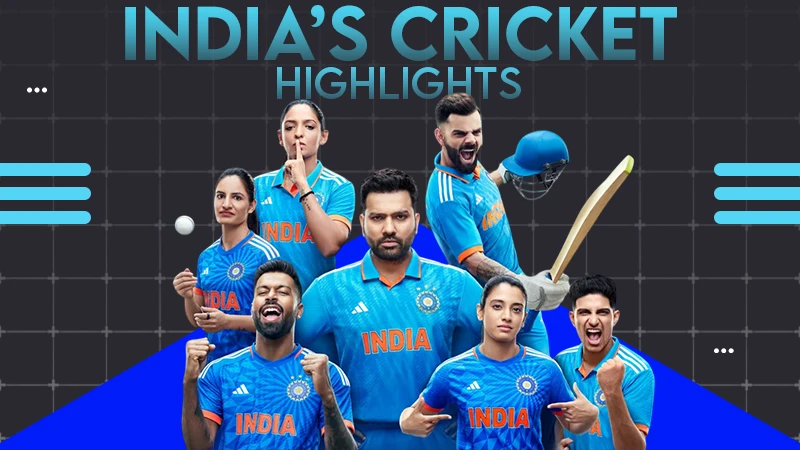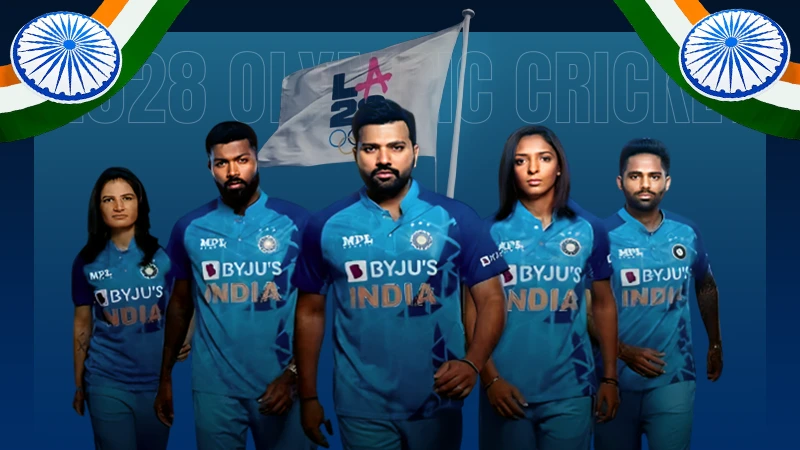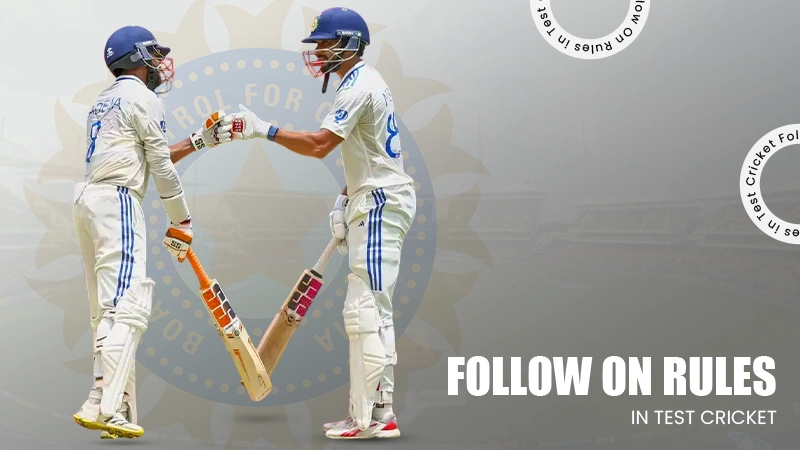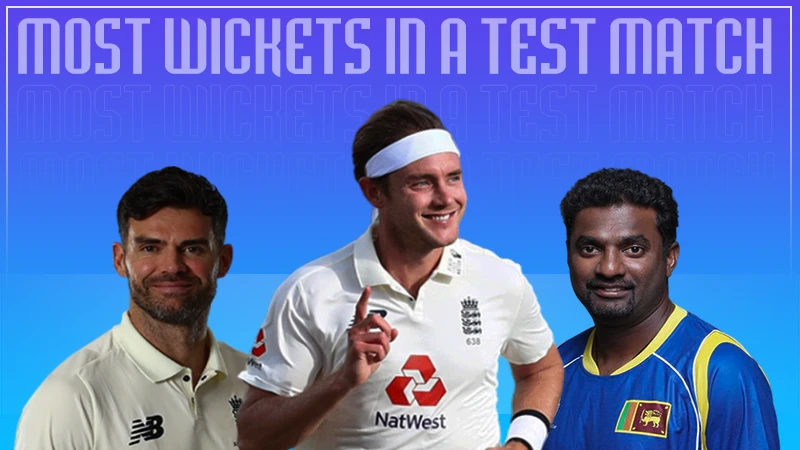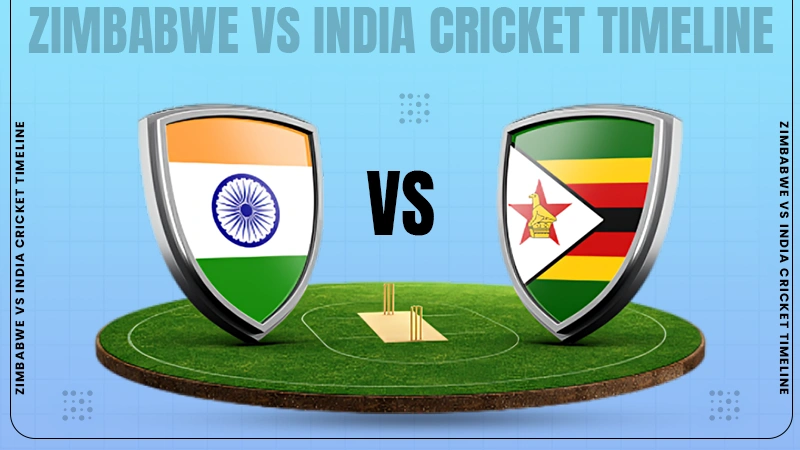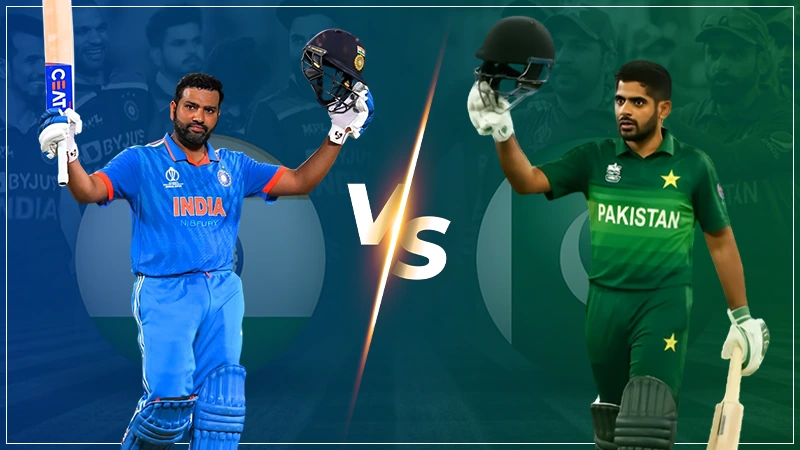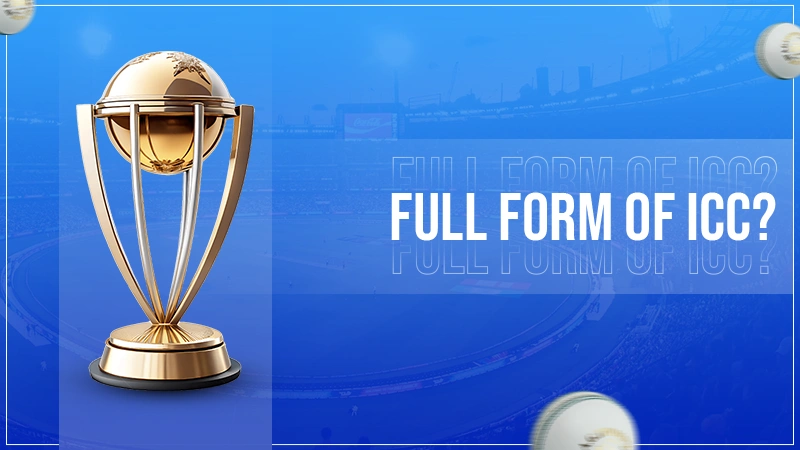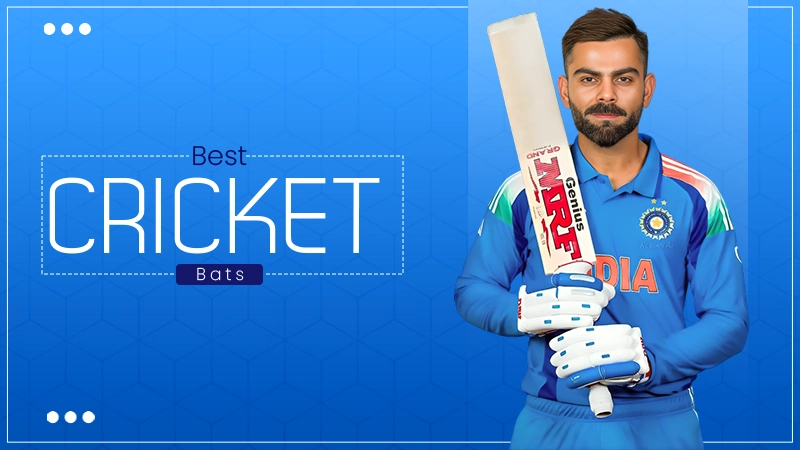
How Wearable Tech and Smart Health Gadgets Help Cricket Coaches in Sports Analytics
KEY TAKEAWAYS
- Wearable tech gives coaches real-time data to track movement, intensity, and performance trends.
- Health-monitoring gadgets help prevent injuries by keeping tabs on hydration, sleep, and recovery metrics.
- With live fitness updates and fatigue levels, smart devices improve match-day decisions.
- n youth cricket, wearables have become a common accessory.
- Data-driven coaching helps personalize training plans.
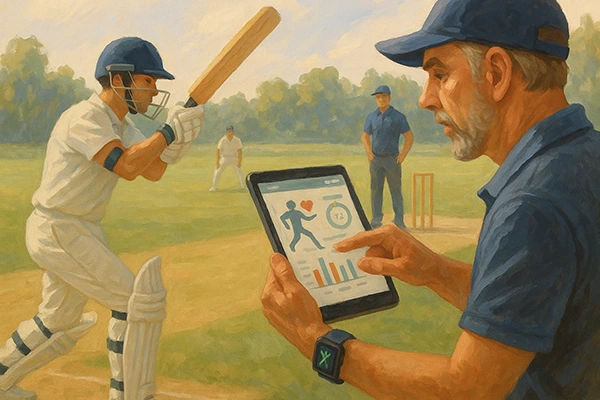
With the rapid developments in the technology available to cricket coaches, the mode of development has changed significantly in the past decade. Wearable technology and health gadgets, such as GPS trackers, smart shirts, and fitness bands.
This provides coaches with credible data and insight into the players’ movement, fatigue levels, and how well they physically recover. This means that players can train intelligently to improve performance during competition and reduce injury risk.
There are also many wearables marketed and used by sporting and fitness brands and platforms, which engage athletes and fans, such as 1xbet download th. In this article, I will explain how coaches use wearable data to create informed improvements in the gameplay and performance of cricket teams and their players.
Tracking Movement and Effort in Real Time
With the help of wearable devices, coaches can easily measure the physical output of players with great detail. This includes running, sprinting, and jumping. GPS-enabled trackers show player movement during training and match simulations. This helps coaches analyse work rate, intensity, and spatial awareness.
With this data, a coach can see if a bowler is slowing down over time or if a fielder covers enough ground. They can adjust drills or add rest to prevent injury. For batsmen, motion sensors track posture and swing speed, offering feedback that once needed slow-motion video.
This approach is already common in elite teams in India, Pakistan, and Sri Lanka. It is now spreading to club and league levels as devices become more affordable. Various regional cricket boards have made it mandatory to use GPS tracking during official training sessions. Below you can see the benefits of this technology.
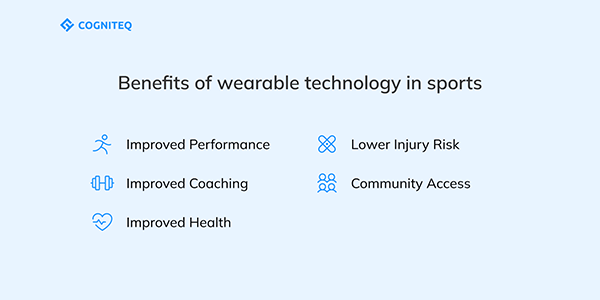
Health Data that Supports Recovery and Injury Prevention
One of the biggest benefits of wearables is how they track internal conditions. Heart rate, oxygen levels, sleep cycles, and body temperature are all key to recovery. If there’s a change in the recovery metrics, and it has dropped, coaches can immediately lessen the physical burden, so the injury wouldn’t occur.
Devices also track hydration loss through sweat and body temperature changes. In hot climates, this prevents heat-related health risks. Coaches use real-time feedback to plan hydration breaks and adjust the length of practice sessions.
Data also helps customize recovery plans. If one player needs more sleep, another may need lighter drills. A one-size-fits-all plan is no longer a single option. Personalized recovery plans help reduce muscle fatigue and lower injury time throughout the season.
Better Decision-Making During Matches
Smart wearables help not only in training. Some teams use match-day tech approved by governing bodies. Real-time fitness updates help staff quickly decide on substitutions or adjust bowling rotations.
Understanding a player’s fatigue helps manage overrates and batting. A bowler slowing down may be replaced sooner. If a batsman’s heart rate spikes unusually, he may receive advice to rest before returning.
These actions improve match results and reduce the risk of in-game injury. It also helps medical staff respond faster if something goes wrong. In high-stakes games, every second matters. Data cuts the guesswork.
How Cricket Coaches Use Analytics to Shape Plans
With better data, coaching is becoming more precise. It is not just about talent anymore. It is about how the body performs and recovers. Coaches now rely on data interpretation, not just field skills.
This includes analyzing trends across weeks. If a bowler’s average speed is dropping week by week, changes are made early. If a fielder boosts sprint distance, he may shift to a tougher role.
Key areas of use include:
- Tracking workload and avoiding burnout
- Identifying recovery needs and health gaps
- Planning fitness tests that reflect real match demands
- Monitoring improvement trends during training cycles
These areas give teams an edge in tournaments and help build line-ups that are more consistent.
Wearable Tech for Youth and Club-Level Teams
Devices once used only at the national level are now common in private academies and schools. Asian countries are investing more in talent development. Wearables simplify tracking young athletes without a large staff team.
Smart devices give young players instant feedback. They learn to control breathing, pace themselves, and understand injury risk. Coaches use apps and dashboards to set goals, track sleep, and manage diets.
This habit builds stronger habits early. It also makes it easier for scouts and selectors to pick consistent performers based on long-term data, not just match-day highlights.
Integration With Fan-Facing Platforms and Media
Wearable data is not only limited to team use, but it is also becoming part of public content. Now, match broadcasts and fan apps also cover fitness scores, movement heatmaps, and speed graphs. Some platforms present this data as part of match previews or performance stats.
Scores are not enough to keep the fans engaged anymore, the fans demand more. They want to see how a player is preparing and recovering. Coaches who support wearable data use are also creating value for their teams beyond the field, adding a new layer to the commercial side of cricket.
DID YOU KNOW?
The wearable technology was invented in 1961 by Edward Thorp and Claude Shannon!
What Does This Mean for the Future of Cricket Coaching
Leveraging wearable tech in Asian cricket is not a trend. It has become a part of serious team management. With devices getting cheaper and more accurate, even smaller teams are starting to rely on them.
Even the coaches who understand the importance of data and know how to use it for the team’s benefit will soon become more in demand than those who only rely on instinct. This does not remove human judgment: it supports it. Numbers are now a tool for smarter cricket, not just statistics.
The coming generation of Asian cricketers will grow up using these devices. For them, tracking data will feel normal. This indicates that coaching will have to evolve, with fitness and analytics becoming just as important as form and skill.
Ans: Wearable technology offers several advantages, including real-time monitoring and data analysis, and based on that, coaches can make personalized plans for the players.
Ans: This technology is equipped with sensors, monitor various physiological parameters like heart rate, workload, etc.
Ans: Three examples of wearable technology are GPS trackers, sensor-embedded smart clothing, and wristbands that monitor heart rate and sleep patterns.


